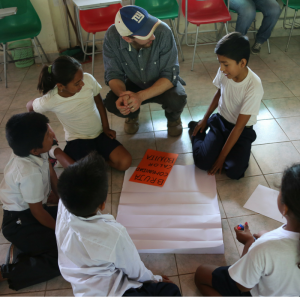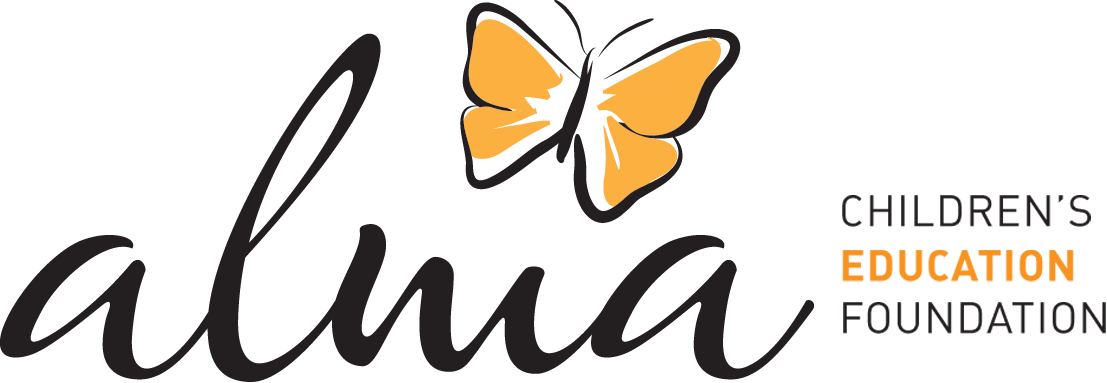
Our programs all have a focus on critical thinking and we often use play or project- based learning. The play or project is uniquely contextual. It is based on games, materials, toys, stories, or life experiences that are of those places, not some urban academic centre thousands of miles or continents away. Much of our teaching takes place in the local indigenous language. This helps engage the children who struggle with Spanish and the parents, many of whom speak only Quechua. It also keeps indigenous language and culture alive and relevant.
Our approach came to us intuitively, as a result of living in the Andean communities and witnessing their informal education and oral traditions. But there is plenty of research to support the thesis that project and/or game-based learning is more effective in creating creative and critical thinkers. The education technology folks at the MIT Media Lab incorporate it into the educational technology programs they create. The founder of the MIT media lab, Mitch Resnick, wrote a fascinating paper in 2007 entitled “All I Really Need To Know I Learned In Kindergarten”. He argued that the “kindergarten approach to learning” – a cycle of imagine, create, play, share, reflect – is ideally suited to developing the skills needed to achieve success and satisfaction in today’s world.
At Alma, we begin the process by reflecting upon the regular school curriculum component we are trying to teach. Our teachers then engage the students in a conversation around how to understand the topic through projects and games they know and enjoy. Rather than a call and response approach (think ping-pong), we use a group discussion format where one idea is joined by another and refined by another (think popcorn popping).
This “create” phase is very challenging because kids have not been tasked with thinking in this way. As one would expect, it is easier in younger students who have not yet had their innate creativity drummed out of them. I remember being in the village of Tuksa years ago when we asked the kids to form groups loosely based on age to create stories. The youngest groups drew elaborate pictures of real, yet magical, events with crayons. The older kids were stumped; they couldn’t come with a single storyline or narrative.
Once the games or projects are created, the students work in groups and use video portfolios to demonstrate their work and learning constructs. Information is shared among individuals and groups. Students learn to develop and refine their abilities as creative and critical thinkers, all the while collaborating with others. Again, there is much research to support the social nature of learning and strategies for supporting communities of learners.
I find it interesting that as young children we are taught to share and yet somewhere along the line we lose that moral precept and tend to not share at all. Now we find ourselves in what is increasingly becoming a “sharing economy” (Uber, Air BNB etc) but thinking very much about ourselves. In remote indigenous communities, the idea of sharing and collaboration is in their DNA; it’s how they have survived. The last thing we want to do is disrupt this tendency by isolating them in the behaviouralist approach of call and answer or by making students fill out worksheets or memorize flash cards.
How do the students demonstrate their progress and how do we measure critical thinking? It’s a challenge, but we analyze the video portfolios and allow our teachers great latitude. We also engage the parents in the measurement process. We sit down with every parent at the school year-end and talk about their children. We discuss the “soft skills” that they have developed (or not), their resilience, their enthusiasm for learning and their self-confidence. We listen a lot!
We have achieved what we consider great success. Our approach of working in small and remote indigenous communities, with two specially trained teachers per community, along with a play-based and project-based approach, has worked, and yes, learning through play and projects is fun.
Education policy, strategy and implementation is constantly under attack everywhere in the world – here in Canada we are grasping at new ways to educate kids (“flipped classrooms”, “differentiated learning” etc.), and in the U.S. they are experimenting with charter schools and Betsy Vos!! But down in Peru and Bolivia we are implementing an education program that aligns with the most current and enlightened thinking on education.
